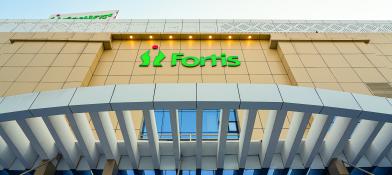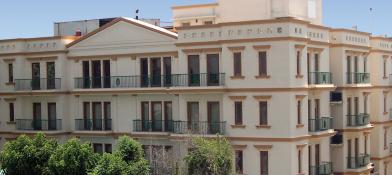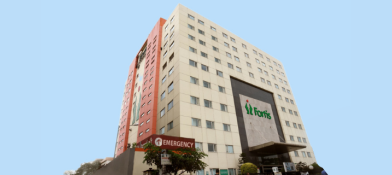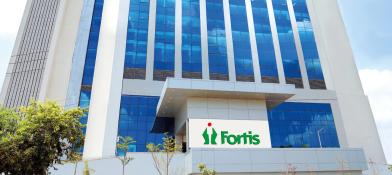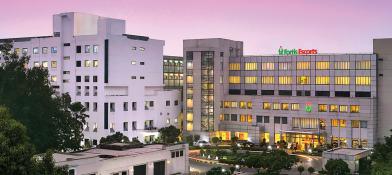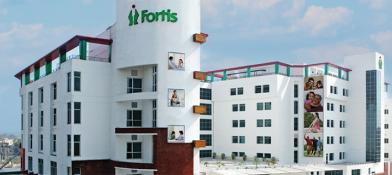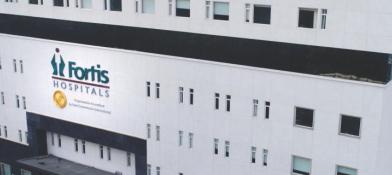Laparoscopic Roux-En-Y Gastric Bypass
Overview:
Laparoscopic Roux-En-Y Gastric Bypass (RYGB) is a type of weight loss surgery. It is one of the most performed bariatric surgeries. Bariatric surgeries are done for weight loss. They are of two kinds. One type includes the restrictive type of surgery, and the other is the restrictive-malabsorptive type of surgery. RYGB is a type of restrictive-malabsorptive type of surgery.
During RYGB, small pouches are made by rearranging the organs. Food is rerouted into these pouches for weight loss. Careful dissection of specific areas in the stomach is done to ensure proper digestion and long-term success.
Indications:
RYGB is indicated for weight loss in individuals with a high body mass index (BMI) and who are not able to lose weight with other alternative methods. Any individual with extreme obesity having a BMI >40 is indicated for RYGB. RYGB is also indicated for individuals with BMI between 35-40 and having life-threatening conditions like cardiovascular diseases, diabetes, hypertension, sleep disorders, and abnormal lipid profile.
Individuals who have used all nonoperative measures for weight loss and could not see any results in 6 months are indicative of RYGB. It is also indicated for those who are fit for anaesthesia and surgery without any systemic conditions like severe heart failure, end-stage kidney diseases, and active cancers. It is shown that those who can give a long-term commitment for follow-up are indicated for surgery.
Contraindications:
It is not indicated for those who have psychological disorders, who are alcohol and drug abusers, or individuals with severe intellectual disability. Epileptic patients might have to get their current medications reviewed as the surgery might affect the absorption of drugs. Pregnancy is an absolute contraindication for surgery.
Before RYGB:
Before RYGB, an individual must provide complete details of the medical history, medications, or any previous surgeries. Few blood tests, urine tests, and imaging studies may be needed to understand the present physical condition of the individual. An Obesity Surgery-Mortality Risk score (OS-MRS) is used for risk stratification to narrow down which treatment suits a particular individual.
Diet will be restricted, and a list of medications will be stopped and used before the procedure is given. A two-week milk diet is prescribed to reduce the liver size. This also minimizes any resistance during the laparoscopic intervention. The surgery will be done on an empty stomach. Hence, it is necessary to refrain from eating anything 8-12 hours before surgery.
During the RYGB surgery:
During RYGB surgery, the patient lies on their back with legs apart. The surgery is carried out under general anesthesia, which makes an individual sleep throughout the procedure. The surgeon stands between the legs. After cleaning the surgical area with an antiseptic solution, minor cuts or incisions are made in the abdomen to insert a camera and tools.
The vital organs are moved aside to reach the stomach, where a small stomach pouch is made. Some parts are cut and stapled to reduce the size of the stomach. A small limb is created by cutting a section of the small intestine and attaching it to the new stomach pouch. The small intestine is further connected with itself down to let the food pass through the digestive system. The stomach pouch is filled with saline, checked for any leakages, and double-checked with a camera for bubbles.
After RYGB:
Individuals are brought to the recovery room and observed till the vitals stabilize. Later, the individual may be prescribed certain antibiotics and painkillers to reduce infection. The individual is advised to be on sugar-free, non-carbonated liquids for a week. Pureed foods follow this for the next three weeks. One can have average solids about four weeks after surgery.
An individual is to avoid strenuous activities for about six weeks. Patients are advised to have at least 1-2 liters of fluids, protein for strength, vitamin and mineral supplements to avoid deficiencies, and foods with concentrated sugars and starches.
Advantages:
The main advantage of this procedure is that the stomach size is reduced to walnut size, and food bypasses most of the stomach and the first part of the small intestine. A Y-shaped structure is created where the right side of the newly created branch allows the food, and the left side allows only juices from other parts of the digestive system. This aids in the proper food digestion.
The success of RYGB:
RYGB is considered successful when there is consistent and significant weight loss after the procedure. One can notice about 70% of excess weight loss after RYGB. This also leads to the improvement of life-threatening comorbid conditions like blood pressure, diabetes, lipid levels, sleep disorders, and infertility.
Risks and complications of RYGB:
There are certain risks and complications with RYGB, which include some surgical complications like infections, bleeding from the surgical site, adverse anesthetic reactions, breathing issues, bowel obstruction, ulcers, and vomiting.
The other complications include leakages from the connections made during the surgery, bleeding from these connections, intestinal blockages, and blood clots. Some other complications include hernias or strictures in connections, development of gallstones, and nutrient deficiency. Dumping syndrome develops in some, where the food moves too quickly from the intestines, causing discomfort.
Conclusion:
Laparoscopic Roux-En-Y Gastric Bypass is a widely performed surgery for weight loss, providing abundant benefits like critical shedding of pounds and improved associated health conditions. Despite certain risks, when performed under appropriate conditions and with thorough post-operative care, RYGB remains an effective tool in combating severe obesity and its related health issues.



